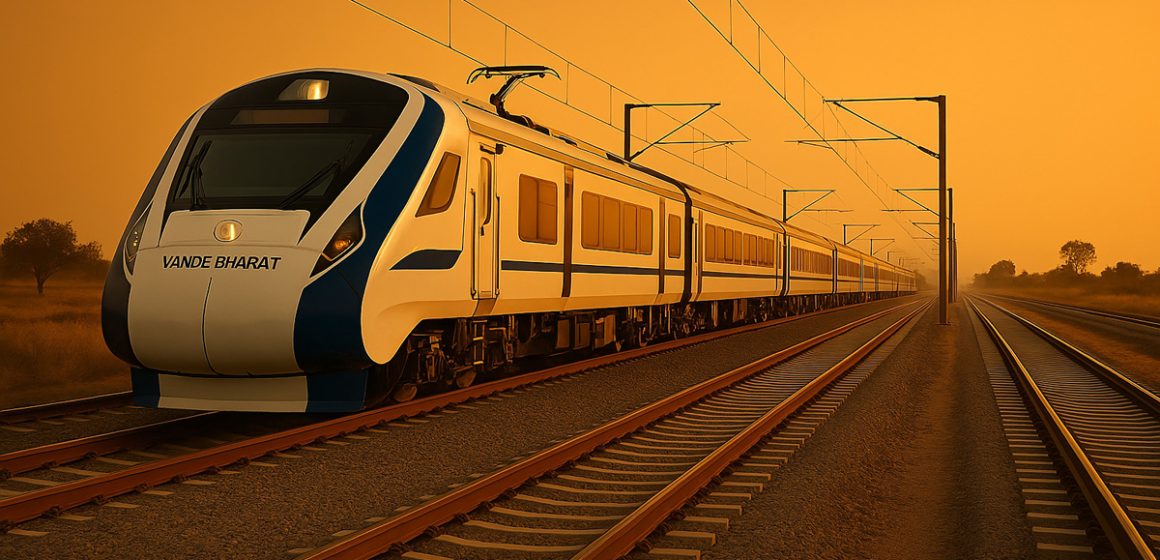Environmental gains are equally significant, with the projects expected to reduce oil imports by 160 million litres and curb carbon dioxide emissions by 5.15 billion kilogrammes, the equivalent of planting 200 million trees.
The Cabinet Committee on Economic Affairs (CCEA), chaired by Prime Minister Narendra Modi, has approved four major multitracking projects that will expand Indian Railways’ network by approximately 574 kilometres. Spanning 13 districts across Maharashtra, Madhya Pradesh, West Bengal, Bihar, Odisha, and Jharkhand, the projects are expected to significantly enhance mobility, operational efficiency, and service reliability.
With a total investment of ₹1,116.9 billion (approximately $13.4 billion), the works are slated for completion by FY2028-29 and will generate an estimated 229 million human-days of direct employment. The projects—Itarsi-Nagpur (fourth line), Aurangabad (Chhatrapati Sambhajinagar)-Parbhani (doubling), Aluabari Road-New Jalpaiguri (third and fourth lines), and Dangoaposi-Jaroli (third and fourth lines)—form critical corridors for the movement of coal, cement, clinker, gypsum, fly ash, containers, agricultural commodities, and petroleum products. The additional capacity is expected to accommodate an incremental 95.91 million tonnes of freight annually.
Strategically aligned with the PM Gati Shakti National Master Plan, these projects aim to enhance multimodal connectivity and logistics efficiency through integrated stakeholder planning. Connectivity will improve for approximately 2,309 villages housing over 4.36 million people.
From an environmental standpoint, these projects will help reduce oil imports by 160 million litres and cut carbon dioxide emissions by 5.15 billion kilogrammes, the equivalent of planting 200 million trees. A CCEA statement emphasised that the initiatives are in keeping with the Prime Minister’s vision of a self-reliant New India, driven by infrastructure-led progress and decentralised job creation.


